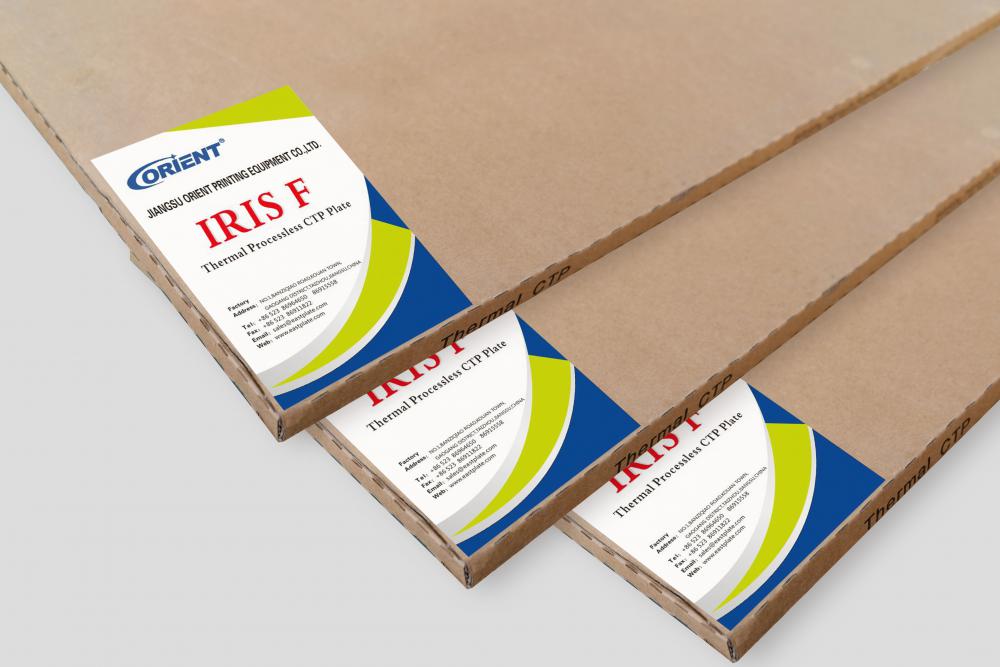In the modern binding process, different types of glue are often used for different requirements. What kind of glue is used under what circumstances? This is a question that puzzles many people. In this article, we will discuss the use of different types of glue. I hope that through the introduction of this article, I will be able to help everyone in the future.
Nowadays, the more common adhesives are animal adhesive materials, starch adhesive materials, casein adhesive materials, natural resin adhesive materials, cellulose adhesive materials, and synthetic resin adhesive materials. Below we introduce separately.
First, animal bonding materials:
(1) bone glue
source:
The main component of bone glue is a protein that is insoluble in water. Another form of protein that becomes a protein after it is heated is called gelatin, which is soluble in hot water and has adhesive properties.
performance:
The plastic film of bone glue is very strong and elastic after being formed, which is determined by the long molecular chain of bone glue. This long molecular chain can change its own arrangement without breaking, so it produces a very good elasticity. If an appropriate plasticizer is added during use, the elasticity of the film can be increased.
However, bone glue is not water resistant, and water will cause the rubber layer to expand and lose its bond strength. Its corrosion resistance is also not good. When the water content in the glue reaches 20% or more, it is easily deteriorated. High temperature and high humidity can also cause changes.
Usage:
It has good bonding performance, high bonding strength, less moisture, quick drying, low cost, and easy to use. In particular, the adhesive and dipped packaging shells can achieve good results.
Bone glue is best for pasting book shells, which can avoid or reduce unevenness of the book case.
(2) Gelatin
source:
The raw materials for making gelatin are high-quality fresh animal hides, leg material and bones.
performance:
Gelatin composition is similar to bone glue, but the purity is relatively high and the colloid is transparent. Gelatin melt temperature and coagulation temperature are slightly different from bone glue.
Usage:
The use of gelatin is basically the same as that of bone glue. However, due to its relatively high price and price, it is generally used only in some high-grade books and special processed objects.
Animal glue features:
In general, the adhesive properties of animal glues are good, easy to dry, and the price is relatively cheap, which is very popular among users. However, when using this kind of glue, only add water to heat and melt the glue to use, there are shortcomings such as embrittlement after drying, so use some additives to change some properties of the glue in order to achieve better results .
Such as:
Glycerol can effectively prevent the adhesive layer from becoming brittle after drying.
Carbonic acid and other preservatives can prevent moldy deterioration.
Whiteners such as titanium dioxide can improve the color of glue.
Urea can increase the drying speed of the film at room temperature.
A small amount of terpineol (or silicone liquid, tributyl phosphate, etc.) can eliminate air bubbles in the glue.
Orient IRIS-F is a new green printing plate which is suitble for thermal CTP setters.The plates deliver the print capabilities and productivity of mainstream plates,without the processing and chemistry.So you can reduce the cost and environmental impact and be more competitive at the same time.Processless Plate is a good product,too.It is kind of green and special printing plate suitable for thermal CTP platesetters. There is no need of any processing steps before mounting exposed plates on press. And it also can be put on press after water wash.
Characteristics:
1.Negative non-ablation photosensitive system
2.Compatible with the dominant devices in the market
3.Can be printed directly on the machine without any processing steps after scanning by thermal CTP platesetter
4.Good dot reproduction, stable performance, wide processing latitude
5.Long stability of latent image, can be stored at least a week after plate-making
6.High quality aluminum substrate, professional coating formulation

Negative Processless Plate,Processless Negative Thermal Plate,Processless Negative CTP Plate,Offset Plate,Negative Plate,Presensitized Plate,Processless Plate
Jiangsu Orient Printing Equipment Co.,Ltd , http://www.eastplate-iris.com